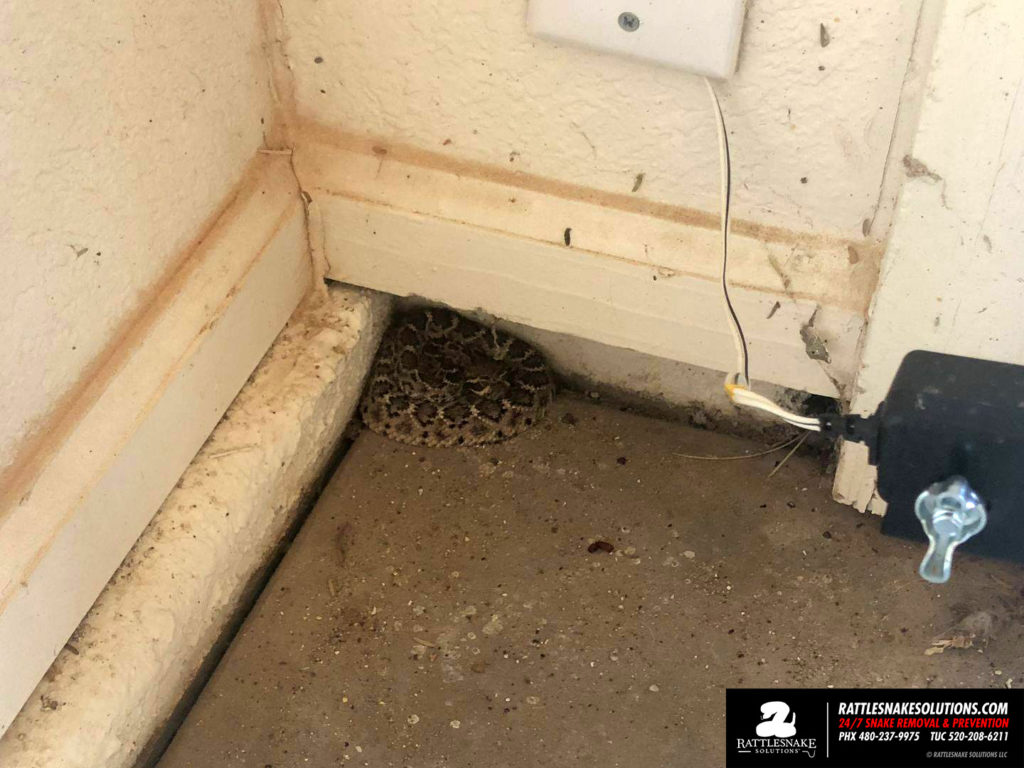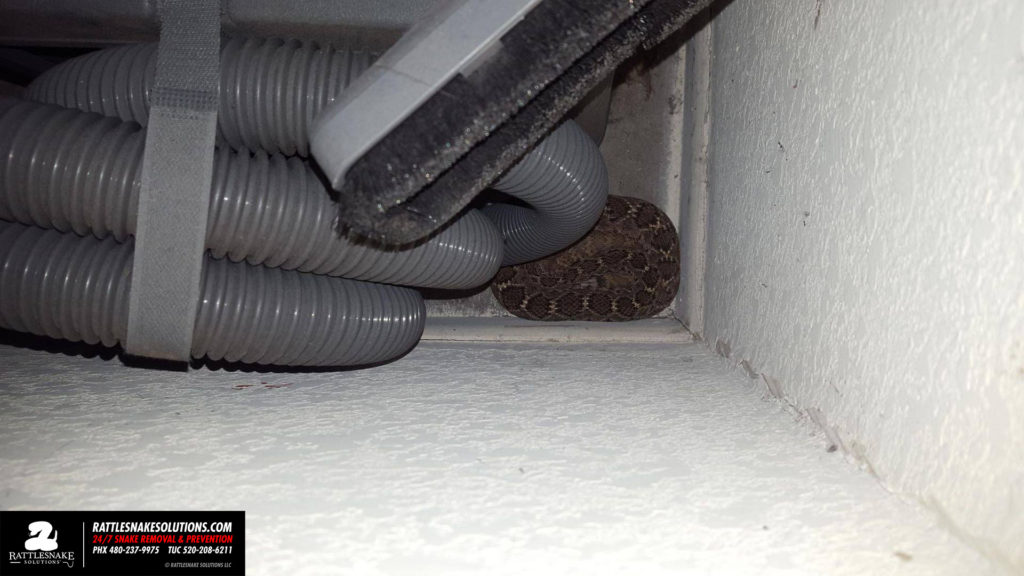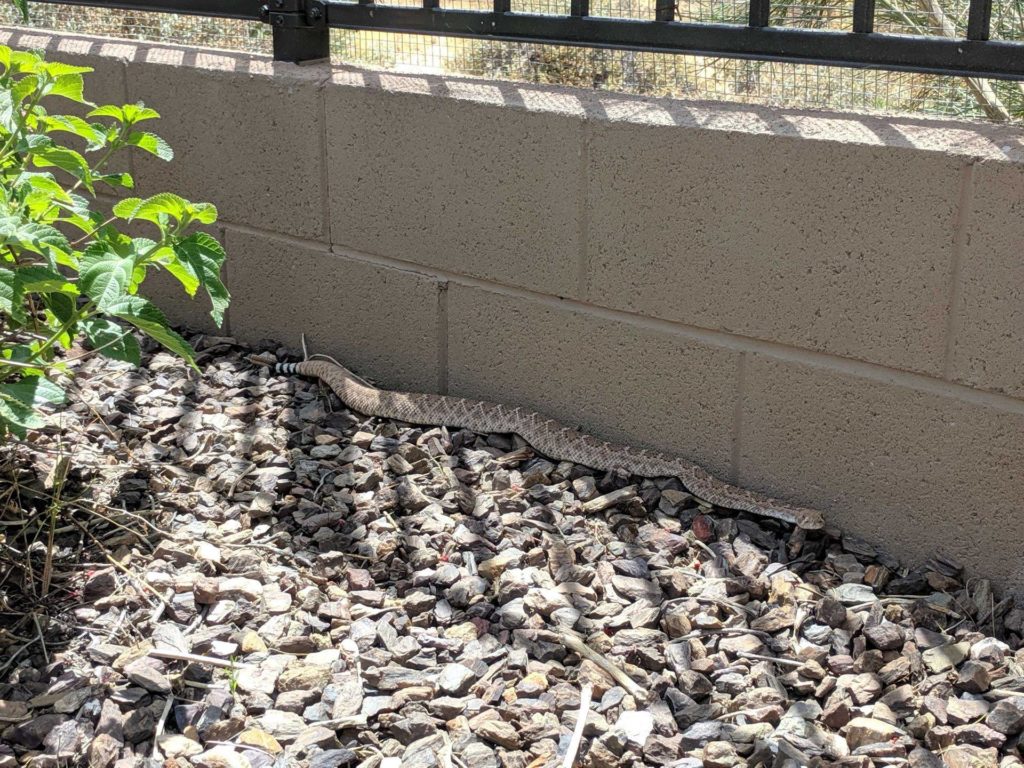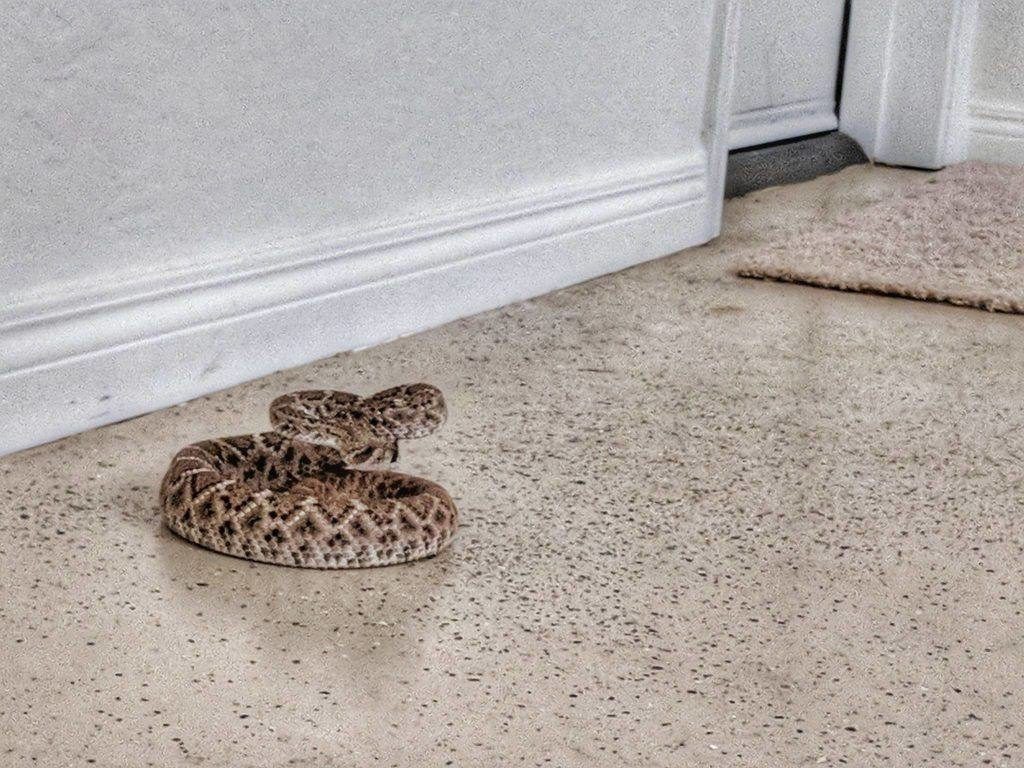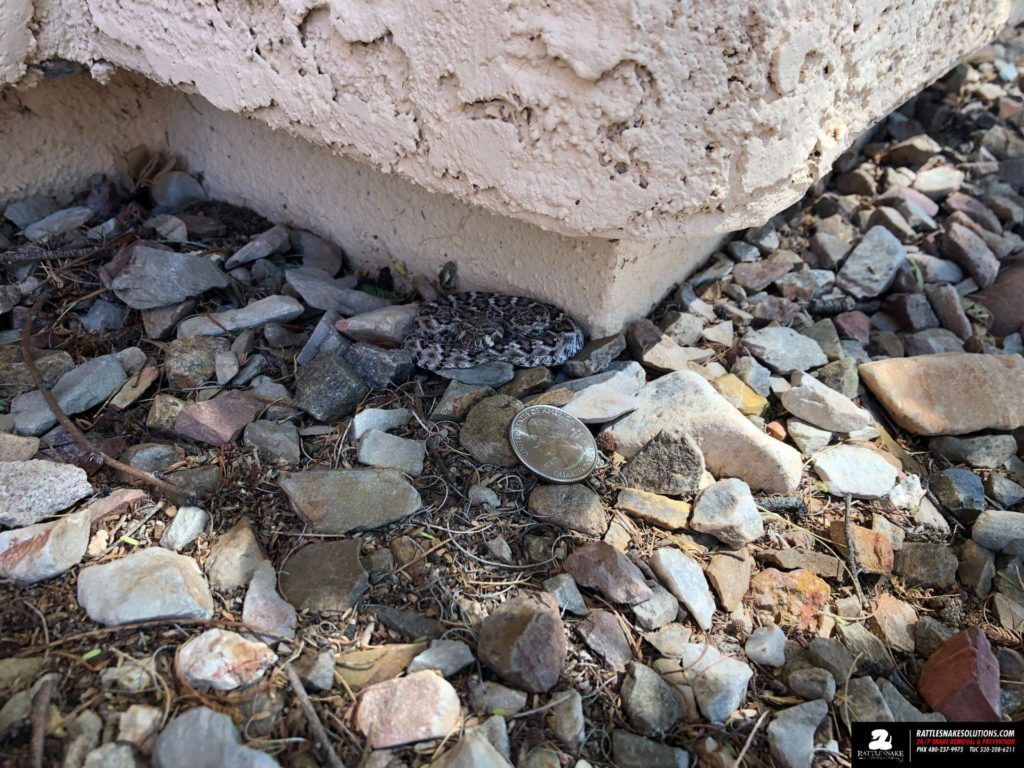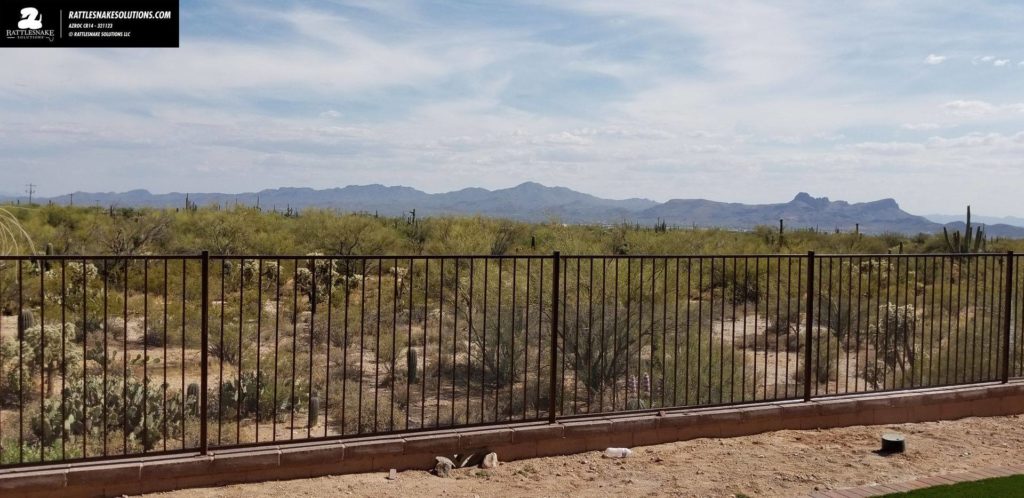Starting with the Christmas decorations started for some people as early as Halloween (you know who you are) and have been popping up throughout November. Most people hold off until after Thanksgiving, however, and we notice some trends.
This period, where homeowners dig into that pile of stuff in the back of the garage that hasn’t been touched since last year, is when we get calls for rattlesnakes. It happens every year, quite often actually, and this year will be no different. Yes, we are open on Thanksgiving and the day after, because our snake relocation call-records show that we need to be.
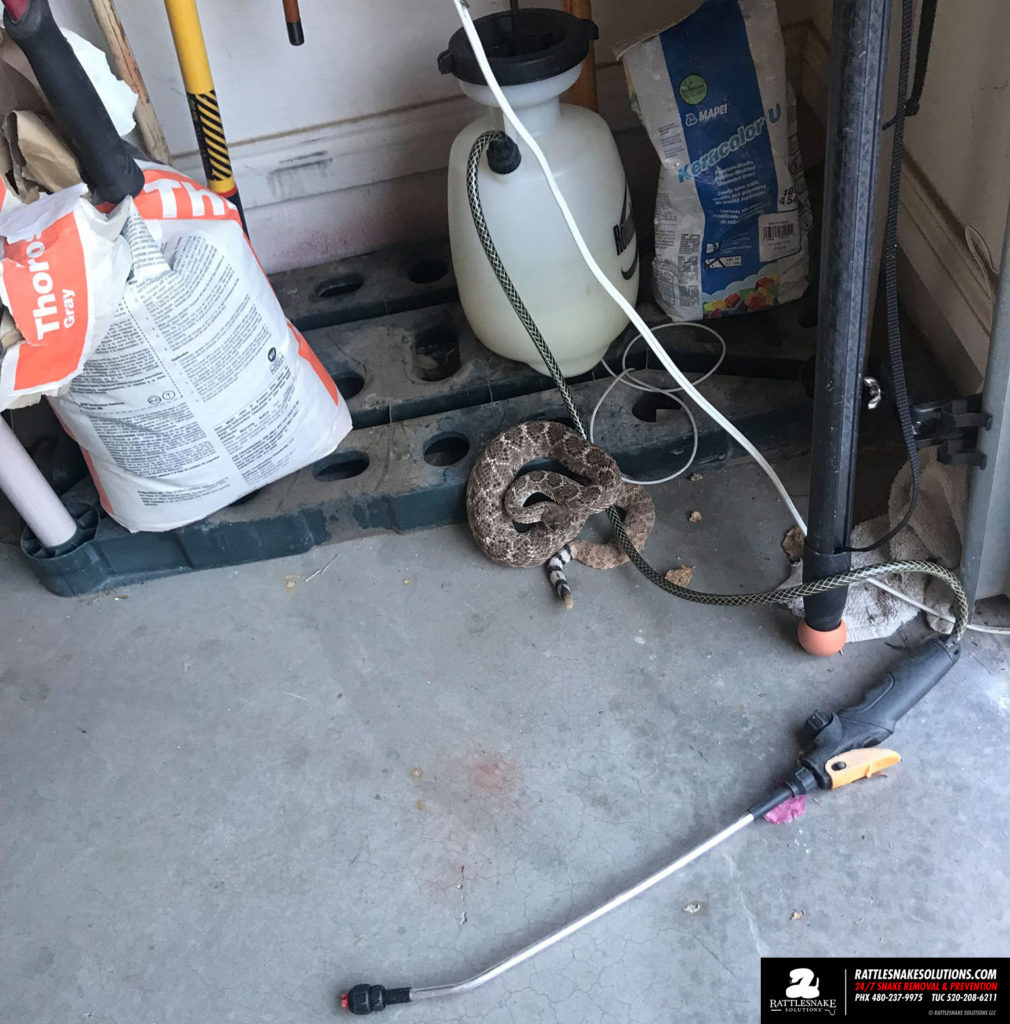
You may already be thinking “I thought the snakes were hibernating!“, and you’d be correct (Brumating, for you pedantophiles out there). They are, and your garage filled with stuff that doesn’t move around very often is the perfect spot to spend the winter.
It’s not a major concern, but it’s definitely something every homeowner living in places where rattlesnakes can be found should be aware of as you start grabbing dusty boxes. Those places we don’t get to very often, where that plastic Christmas tree is stored next to boxes of decorations and old yearbooks, are ideal spots for a young rattlesnake to spend its first winter.
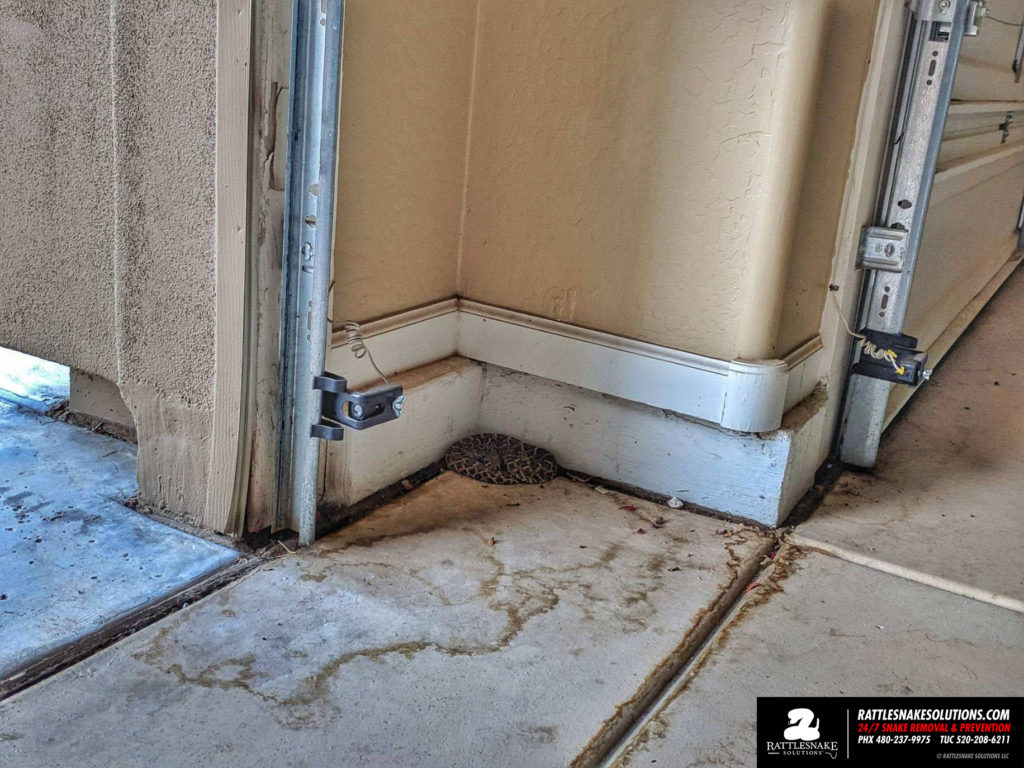
Rattlesnakes tend to not be found inside the boxes as much as alongside or behind them, usually along the wall or in the corners. If you have storage that takes up an entire side, from back to the corner by the garage door, that is a more preferable location for rattlesnakes to use.
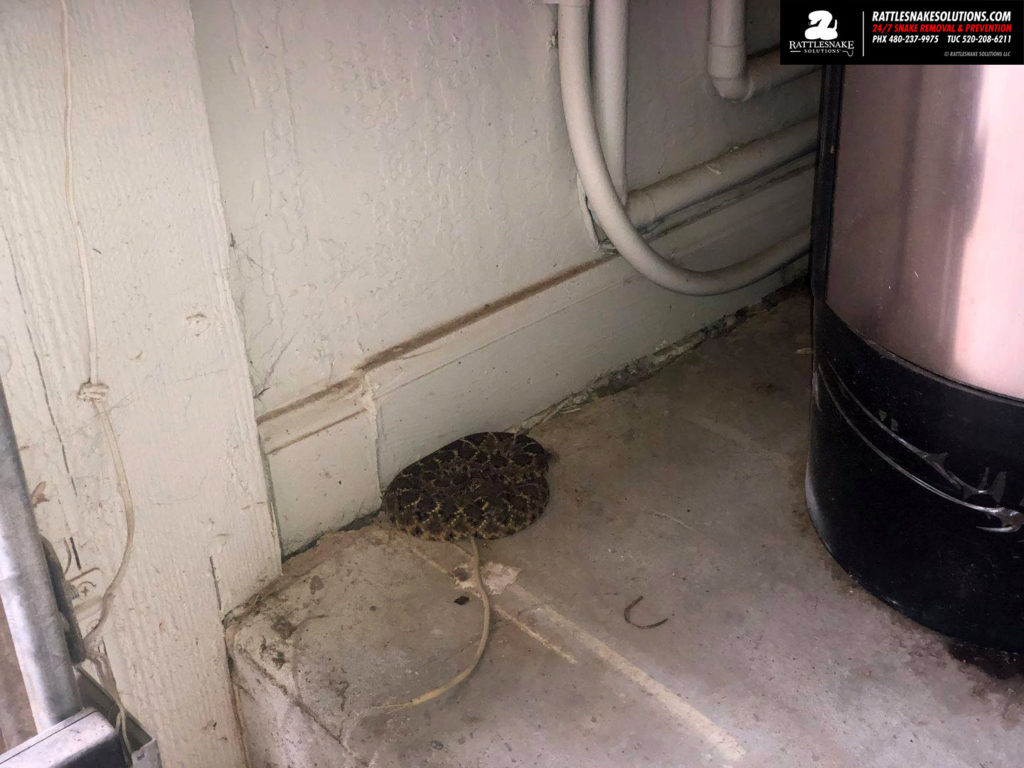
We have found rattlesnakes inside the boxes, too. Usually, this happens when cardboard boxes develop splits in them at the base, or are laid sideways so there is easy access. Rattlesnakes can and do climb up into shelves and places off the ground, but it’s not as common as other situations that are on the ground. The point is – they could be anywhere in that stored stuff, so be aware of hand placement.
Usually, the rattlesnakes we find in garages are small, yearlings or younger. These little guys have not yet worked out a stable home range, and surviving their first winter is a matter of finding a spot that will do the job, often without being a really great spot. Garages, especially in newly-developed areas, are perfect.
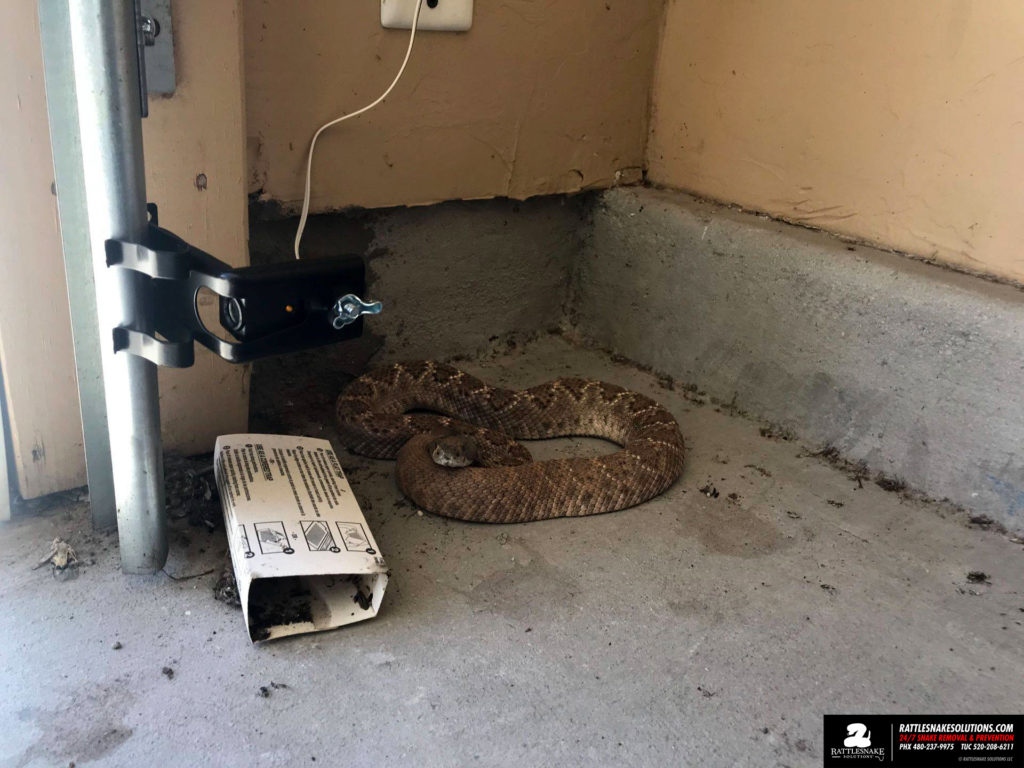
We do get congregations of adults as well, but this is usually the result of a multi-year situation. If you’ve moved into a home that was vacant for years, or have that spot where stored items have not been moved for several years, this could be a possibility. It’s rare, however.
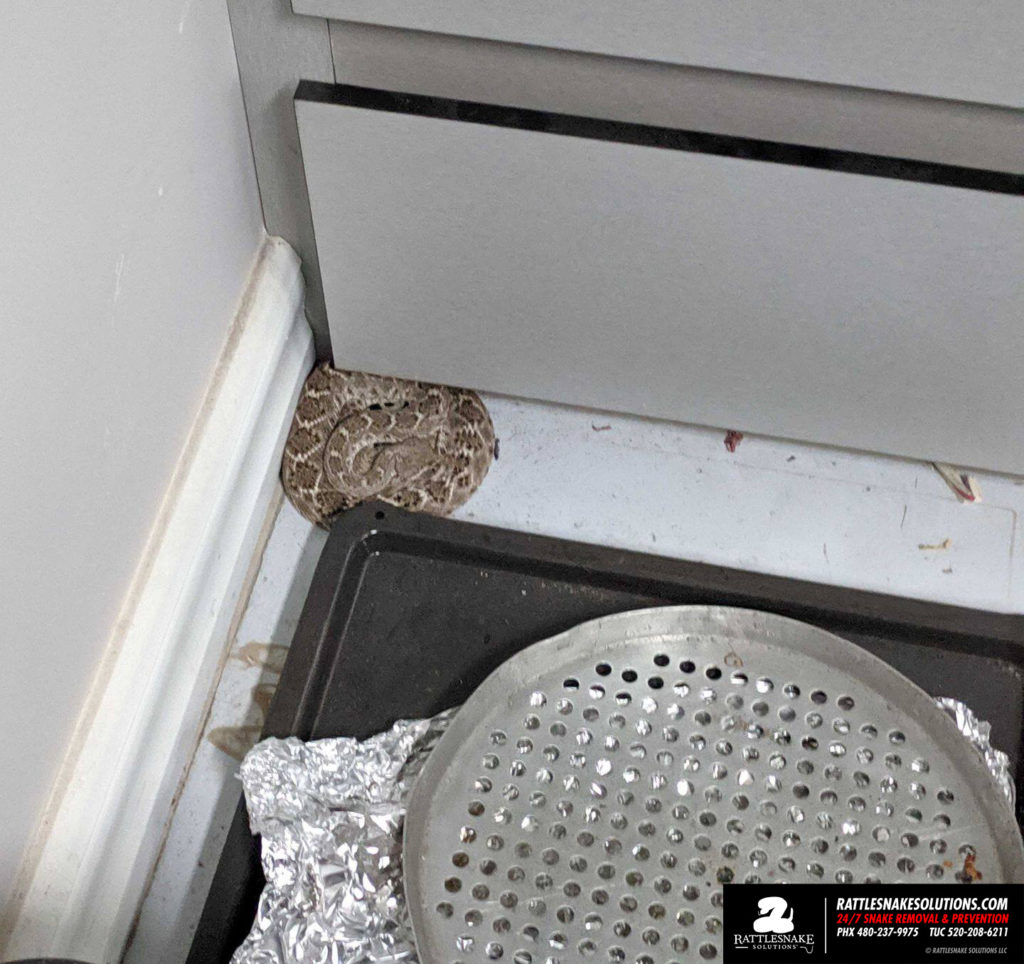
To make the annual fake-tree drag out as safe as it can be:
- Never reach into areas where you can’t see clearly. Use a flashlight to check before putting hands into any dark area.
- Start early in the morning when it’s coldest out – any rattlesnakes that could be present will be less likely to react
- Use plastic totes when possible instead of cardboard
- If you see a snake, you’ll want to have it relocated properly (so it does not return) and have the rest of the garage searched as well
- Change the location of stored items each year if possible
- Add shelves to store items up off the ground and create a space greater than 10″ (or so)
- Have the garage sealed and make sure it is in good condition
- Always keep the garage door closed when not in use during den ingress times (Late September through Mid-November).
- Keep up on pest control and review methods to keep snakes away from the property in general
- Don’t use mothballs or snake repellents – they make your garage stink and they don’t work to deter snakes in any way
- Avoid using glue traps
